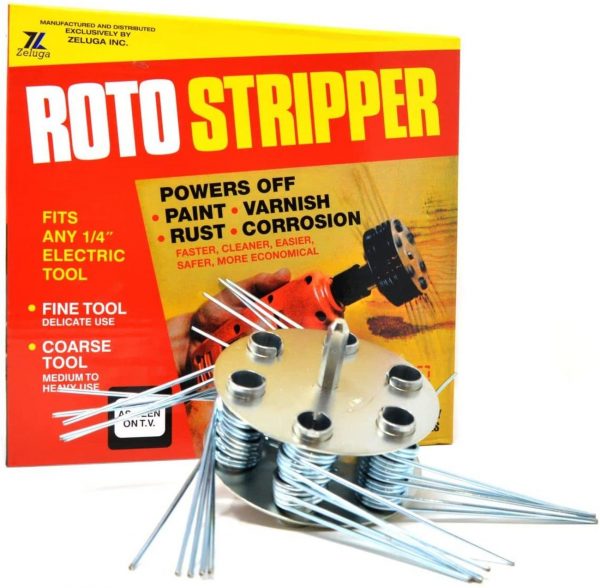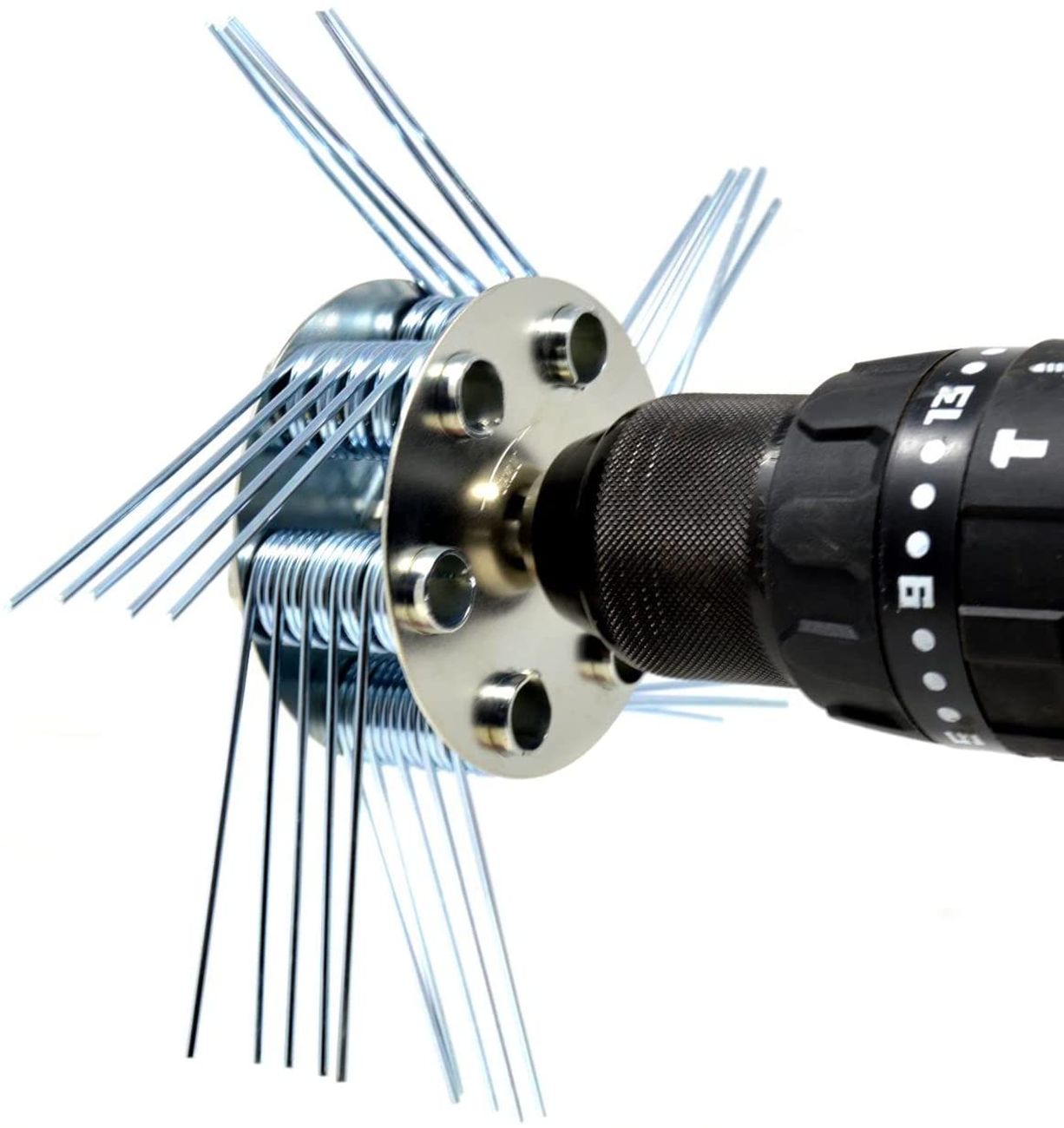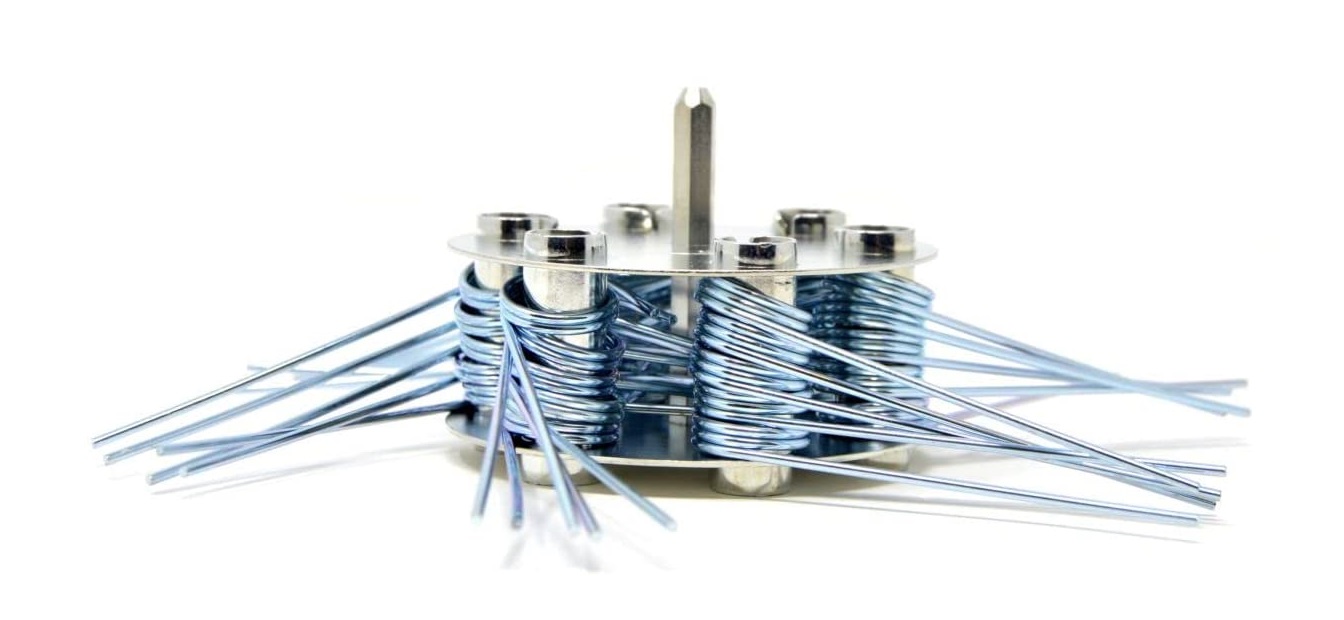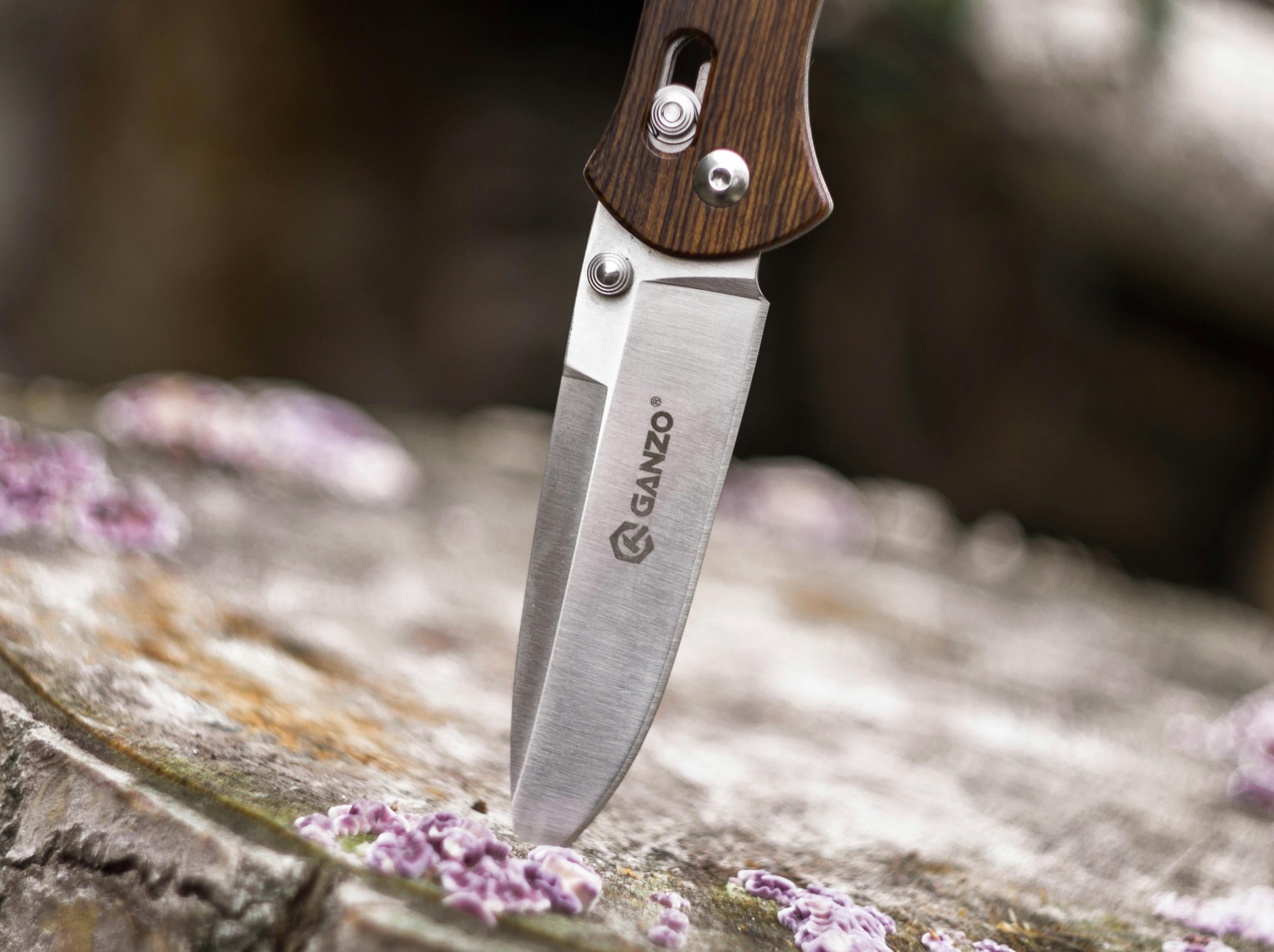Air hoses are flexible tubes used to convey compressed air from a compressor to pneumatic tools and equipment. They are made of high-quality materials such as PVC, rubber, and polyurethane, and come in various sizes and lengths to suit different applications. The following are some of the uses and advantages of air hoses:
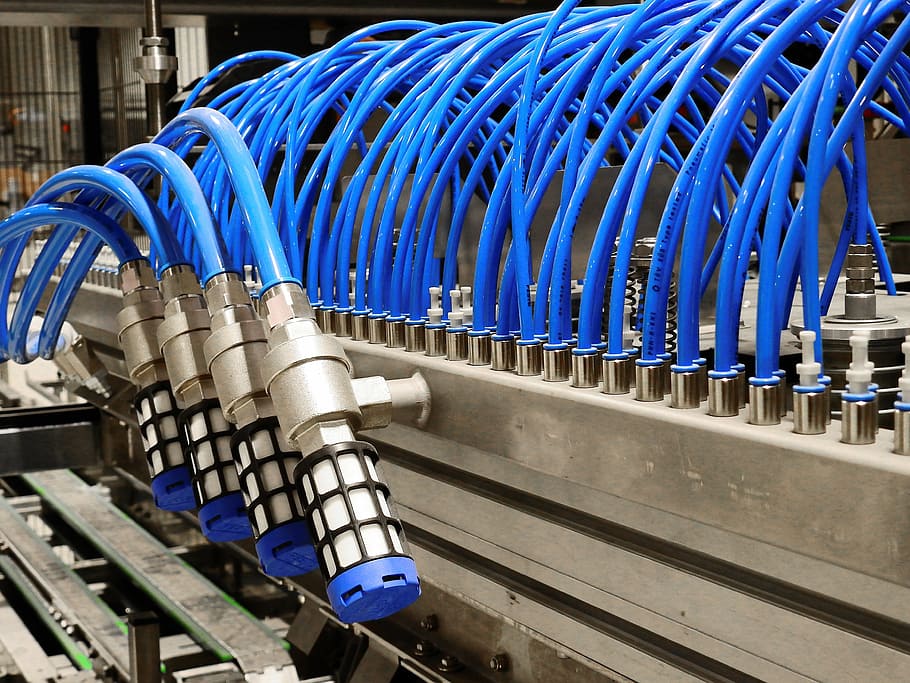
Uses of Air Hoses:
1. Air Tools:

Air tools are powered by compressed air, which is delivered through air hoses from a compressor. They are commonly used in construction, automotive repair, and other industries, where they provide a convenient and efficient way to power a range of tools and equipment. Examples of air tools include impact wrenches, nail guns, sanders, and spray guns.
2. Inflating Tires:
Air hoses are also useful for inflating tires, whether for cars, bicycles, or sports equipment. The flexibility and durability of air hoses make them an ideal choice for inflating tires, and they are a more efficient alternative to manual pumps. It provides a convenient and efficient way to inflate tires for various vehicles, including cars, bicycles, and sports equipment. Air hoses are designed to withstand high pressures and repeated use, making them a durable and long-lasting solution for inflating tires.
3. Spray Painting:

Spray painting is another application where air hoses are commonly used. Air hoses are used to deliver the compressed air needed to atomize the paint, creating a fine mist that can be evenly sprayed onto the surface being painted. This results in a smooth and professional-looking finish. Air hoses are also useful for controlling the amount of paint that is applied, making it easy to achieve the desired coverage and finish.
Advantages of Air Hoses:
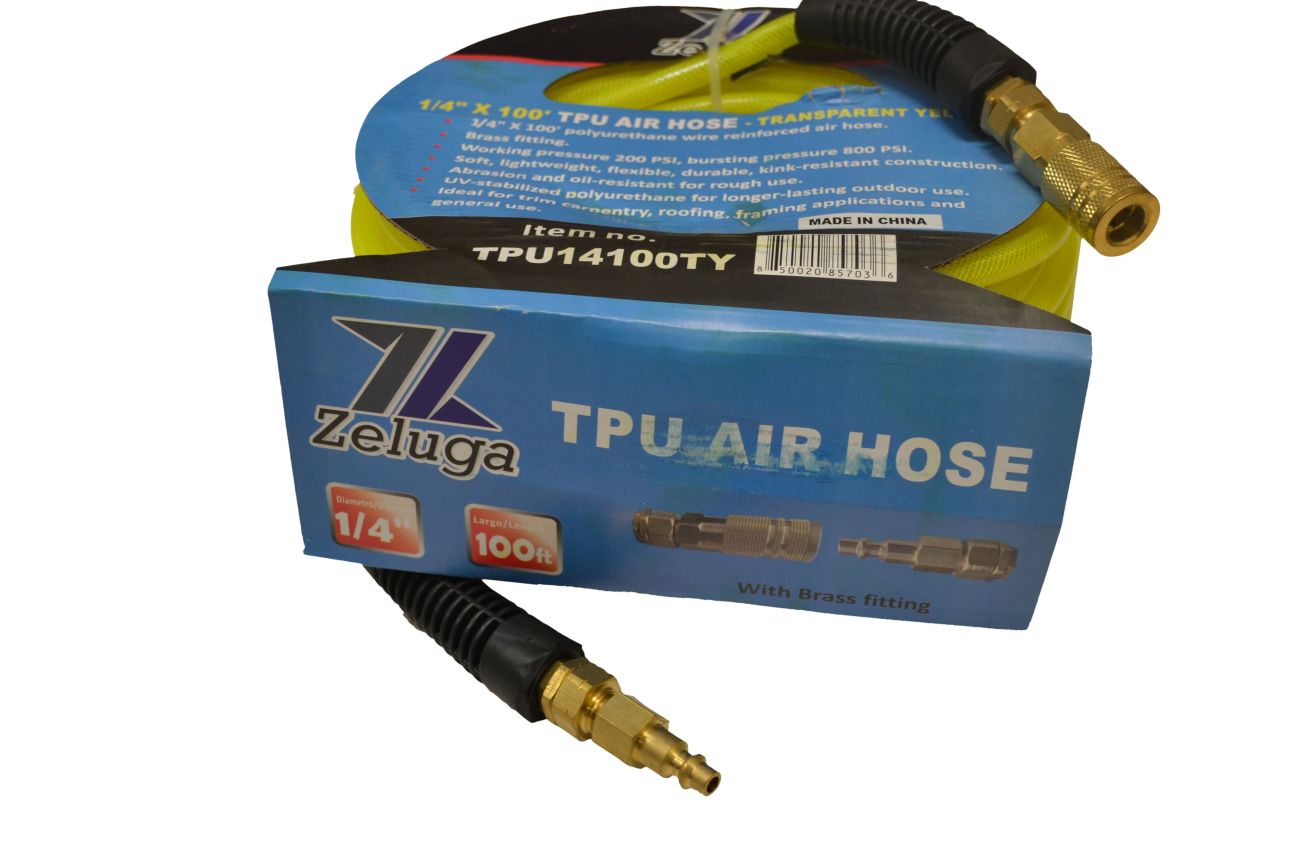
1. Durability:
Air hoses are designed to withstand high pressures and repeated use, making them a durable and long-lasting solution for powering pneumatic tools and equipment.
2. Flexibility:
Air hoses are flexible and can be easily maneuvered around obstacles and through tight spaces. This flexibility makes them an ideal choice for use in confined spaces, where other types of hoses may be too rigid to use.
3. Convenience:
Air hoses are lightweight and easy to transport, making them a convenient solution for powering pneumatic tools and equipment on job sites or in workshops.
4. Cost-Effective:
Air hoses are an affordable alternative to other types of hoses, such as hydraulic hoses. They are a cost-effective solution for powering pneumatic tools and equipment, and their durability and long lifespan make them a wise investment for professionals and DIY enthusiasts alike.
5. Versatility:
Air hoses can be used with a wide range of pneumatic tools and equipment, making them a versatile solution for various applications. They can be easily connected to different types of compressors and tools, providing a convenient and efficient way to power these devices.
Conclusion
We can say that the Air hoses are a versatile and practical solution for conveying compressed air from a compressor to pneumatic tools and equipment. Air Hoses Accessories are made of high-quality materials, and their flexibility, durability, and cost-effectiveness make them an ideal choice for various applications, including powering pneumatic tools, inflating tires, and spray painting. Additionally, their convenience and ease of use make them a favorite among professionals and DIY enthusiasts alike. Investing in a high-quality air hose is a wise decision that can help improve productivity and make tasks easier and more efficient.

